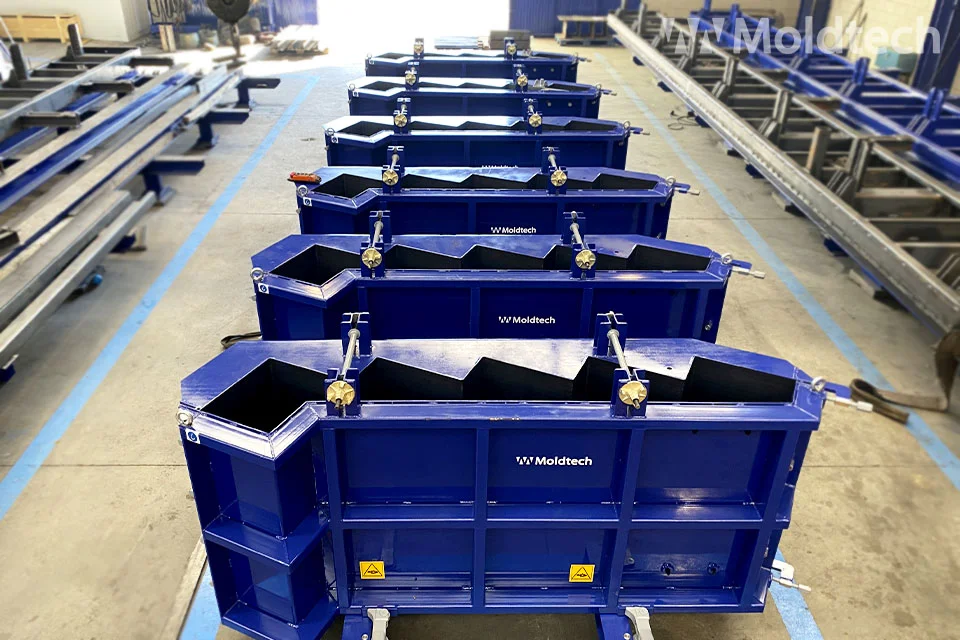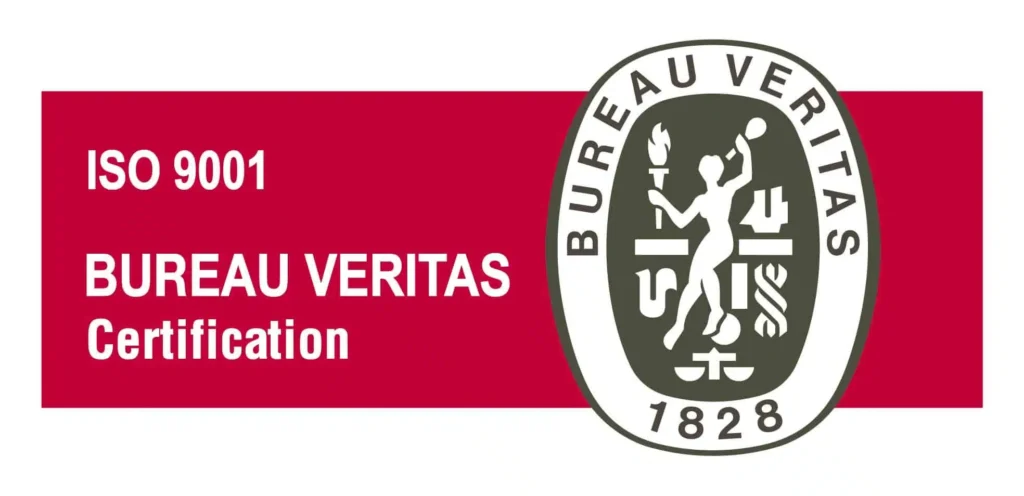Precast Concrete Mouldings: Revolutionizing Modern Construction
In the ever-evolving construction industry, precast concrete mouldings have emerged as a pivotal innovation, offering efficiency, durability, and versatility. These moulds, also known as concrete precast mouldings, are essential in manufacturing standardized and custom concrete products. Moreover, they facilitate the mass production of components with consistent quality and design, which various construction projects use extensively.
Introduction to Precast Concrete Mouldings
Precast concrete mouldings have revolutionized the construction industry by providing an efficient and cost-effective method for producing a wide range of concrete elements. The concept of precasting concrete dates back to ancient times, but modern techniques and advanced materials have significantly evolved, ensuring precision and versatility. Utilizing precast concrete mouldings allows for off-site production of concrete elements, which are then transported and assembled at the construction site, saving time, reducing labor costs, and minimizing environmental impact.
Types of Precast Concrete Mouldings
Rubber moulds are popular due to their flexibility, allowing for easy demoulding and minimizing the risk of damage to concrete products. These moulds can be cast in various shore hardnesses, catering to specific project requirements and are particularly useful for intricate designs where fine details are crucial.
Polyurethane Precast Concrete Mouldings
Polyurethane moulds are known for their durability and resilience. Ideal for repeated use, they withstand the rigors of mass production and are often used for producing paving stones, kerbs, and other products that require a smooth finish and precise dimensions.
Timber Precasting Concrete Mouldings
Timber moulds offer a combination of strength and elasticity, making them suitable for a wide range of applications. They are cost-effective and can be used for both heavy-duty and lightweight concrete products. The natural properties of timber make it an excellent choice for various precast concrete mouldings.
Steel Precast Concrete Mouldings
Steel moulds are the preferred choice for large, industrial projects requiring high strength and durability. These moulds handle the production of substantial elements like beams, columns, and panels, valued for their ability to produce precise and consistent results over an extended period.
Manufacturing Process and Quality Standards
The manufacturing process of precast concrete is critical to ensuring the quality and durability of the final products. High-quality mouldings are essential for producing consistent and structurally sound precast elements. The process begins with the design phase, utilizing advanced CAD software for precise designs, followed by material selection, fabrication, and finishing processes. Adherence to stringent quality standards, including dimensional accuracy and durability, ensures that moulds meet industry benchmarks for safety and efficiency.
Advantages of Using Precast Concrete Mouldings
Versatility in Design and Application
One of the significant benefits of precast concrete mouldings is their versatility, allowing the production of a wide range of shapes and sizes for diverse architectural and structural needs. Customization options enable architects and engineers to create unique and complex designs, offering greater creative freedom.
High-Quality Production in Controlled Environments
Producing concrete elements in a controlled factory environment ensures consistent quality. Factors like temperature, humidity, and curing conditions can be precisely managed. As a result, this management leads to superior strength, durability, and finish quality compared to on-site production.
Efficiency and Time-Saving Benefits
Concrete mouldings significantly reduce construction time. Off-site production and ready-for-installation delivery streamline the on-site construction process, minimizing delays caused by weather or other challenges, and enhancing overall project efficiency.
Cost-Effectiveness and Economies of Scale
The mass production capabilities of precast concrete mouldings lead to economies of scale, making them a cost-effective option for construction projects. Additionally, reduced labor and time requirements, combined with the long-term durability of precast elements, result in overall cost savings.
Maintenance and Care of Precast Concrete Mouldings
Proper maintenance and care are crucial for extending the lifespan and ensuring the optimal performance of precast concrete mouldings. Regular upkeep preserves mould quality and guarantees consistent production of high-quality concrete elements.
Proper Use and Handling Techniques
Maintaining precast concrete moulds starts with correct use and handling. Firstly, following manufacturer guidelines for loading, casting, and demoulding is essential. Additionally, proper training for personnel is crucial to prevent accidental damage. Furthermore, regular inspections and maintenance routines can help identify potential issues early, ensuring the moulds remain in optimal condition. Therefore, investing time and resources in these areas will lead to longer-lasting moulds and higher-quality concrete products.
Cleaning and Maintenance Best Practices
Regular cleaning is necessary to keep moulds in good condition, removing concrete residue promptly to prevent buildup. Use appropriate tools and non-abrasive cleaners, and conduct periodic inspections to identify any wear or deformities.
Storage and Preservation Tips
Proper storage of precast concrete moulds is vital for their longevity. Store moulds in a dry, cool place, away from direct sunlight and extreme temperatures. Using flat surfaces or supports for larger moulds prevents distortion.
Extending the Lifespan of Moulds
Regular maintenance, including lubrication and tightening of bolts or fasteners, is necessary to extend mould lifespan. Applying release agents protects the mould surface and facilitates easier demoulding. Prompt minor repairs prevent small issues from becoming major problems.
Common Questions about Precast Concrete Moulds
What are the Main Types of Precast Concrete Moulds?
The main types include rubber, polyurethane, timber, and steel moulds. Each type offers unique properties and is chosen based on specific project requirements.
How do Different Materials Affect the Performance of Moulds?
Rubber and polyurethane moulds are flexible and ideal for detailed designs, while timber offers a balance of elasticity and strength. Moreover, both materials have their unique advantages depending on the specific requirements of the project. Additionally, steel moulds are highly durable and suitable for large, industrial projects. Consequently, selecting the appropriate mould material is crucial for meeting the project’s specific needs and ensuring the best possible outcomes.
What are Key Considerations when Selecting a Mould?
Consider the type of concrete product, as well as design complexity, production volume, and required durability. Additionally, assessing the material of the mould is crucial for ensuring optimal performance. For example, different mould materials offer various benefits and challenges that must be considered. Furthermore, the production process can significantly impact the final product’s quality. Therefore, it is essential to evaluate these factors comprehensively to achieve the best results. In conclusion, careful consideration of all these aspects will lead to the successful creation of high-quality concrete products.
Related content
- Tilt Up Concrete Construction and Its Alternatives
- Equipment for Precast by Moldtech
- Precast Concrete Moulds: Leading the Revolution with Moldtech
- Moulds for Precast Concrete Products: Icon of Modern Construction
- Tilting Table for Precast Concrete: Efficiency and Quality in Construction
- Precast Concrete Plants: Construction Efficiency with Moldtech’s Advanced Solutions
- Precast Concrete Molds for Sale: Exploring Moldtech’s Solutions
- Precast Concrete Factory: Best Equipment Manufacturer












